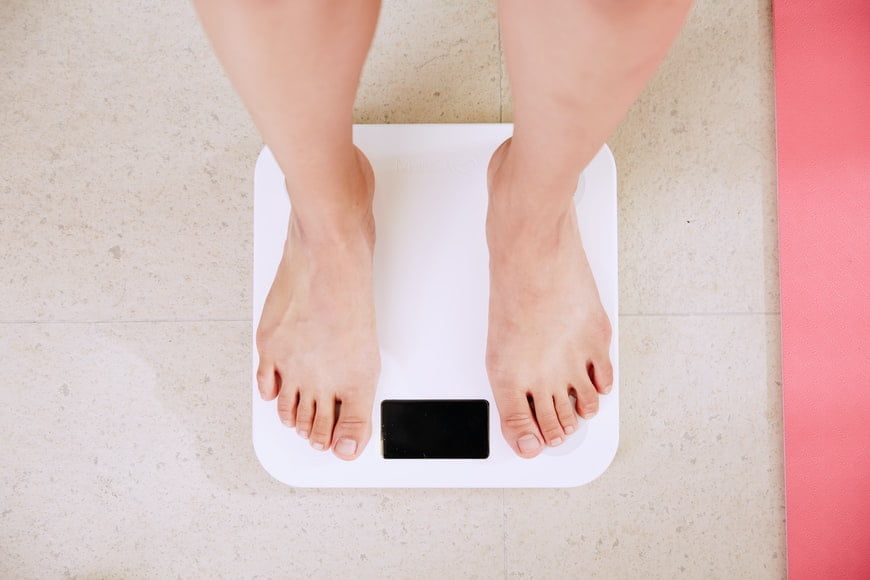The likelihood is that you now weigh more than you did 20 years ago. The majority of us do. Not only has your waistline expanded, but so has your ideal weight. According to a recent Gallup poll, 60% of Americans consider their weight to be just about right. That is nearly identical to the proportion of Americans who are overweight or obese.
What is the difference between a “happy weight” and a “healthy weight”? Is it possible that they are closer than you believe? Or are they more distant than ever?
Clik here to view.

Is Obesity Unhealthy?
The notion that being overweight is not unhealthy received a boost in 2013. That’s when a study published in The Journal of the American Medical Association found that people who were up to 30 pounds overweight had a lower risk of dying prematurely than those who were normal weight.
However, a thorough examination of the study’s methods revealed significant flaws. As it turns out, our happy weight isn’t all that healthy.
Additionally, decades of research demonstrate that obesity is associated with a variety of serious health problems. These extra pounds increase your risk of developing a variety of diseases, ranging from diabetes and high blood pressure to dementia and certain types of cancer. Increasing your skirt size by just one size in any decade between your mid-20s and mid-50s, for example, increases your risk of breast cancer by a third after menopause.
Obesity-related health problems, particularly chronic diseases such as diabetes, can have a long-term effect.
“These are chronic diseases that require management for a lifetime, not just a few months,” says dietitian Rachel Brandeis. “They have an effect on your health, finances, and day-to-day activities. You spend more time and money at the doctor’s office and on medication. You’re constantly attempting to manage your disease and improve your quality of life.” What is at stake, she asserts, is your life’s quality.
Nonetheless, many of us struggle with our weight. According to Brandeis, the majority of people are “astonished” when they step on the scales.
Three Game-Changers
1. Determine your body mass index (BMI) and waist circumference.
Your body mass index (BMI) is calculated by multiplying your height by your weight. It’s an effective tool for calculating body fat – and determining your risk of disease. However, it is not foolproof. If you are muscular, your BMI may underestimate your body fat percentage. If you’re older and have less muscle mass, this can cause your body fat percentage to be underestimated. According to Sally Stieghan, a registered nurse and dietitian in Atlanta, the BMI is only a guess at the relationship between your weight and health.
Your waist circumference can provide a more accurate picture of your health – particularly if you are muscular. Simply wrap a tape measure around your waist, just above your navel. If your waist circumference is greater than 35 inches for a woman or 40 inches for a man, it’s time to act.
2. Ignore your ideal body weight.
Certain physicians despise discussing ideal weight. That is because it is frequently perceived as being out of reach. The truth is that even a small amount of weight loss is beneficial.
Rather than focusing on the ideal weight, Brandeis advises aiming low. A 7% to 10% weight loss has a significant effect on your metabolism, she says. Once you’ve achieved that goal, the remaining 10% appears much easier.
Stieghan concurs that small changes are more likely to become permanent and have a cumulative effect.
3. It is never too late to make amends.
As you age, your muscle mass decreases. However, studies show that even in your 80s, you can increase lean muscle mass and maintain a healthy body fat percentage. Additionally, you’ll improve your balance and stability, which will help you avoid broken bones.